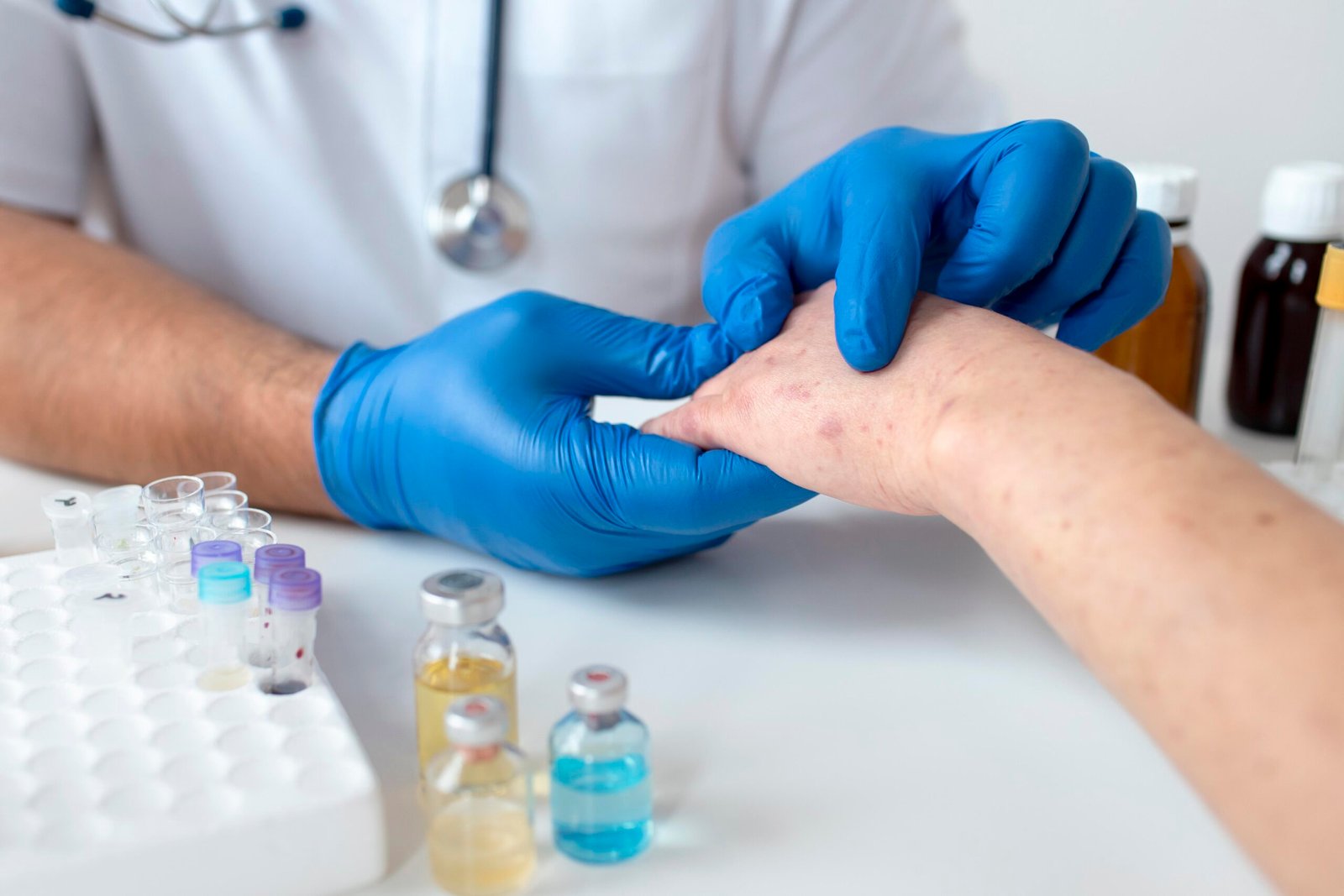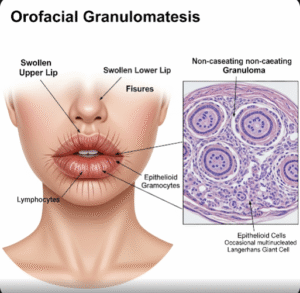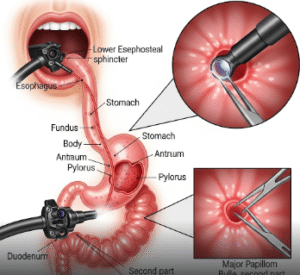Overview
Systemic Lupus Erythematosus (SLE) is a chronic autoimmune disease where the body’s immune system mistakenly attacks healthy tissues. It can affect multiple organs including the skin, joints, kidneys, brain, and blood vessels. In Korea, SLE is recognized as a serious chronic condition requiring ongoing treatment, with specialized care available at major hospitals equipped with advanced diagnostic tools and biologic therapies.
What is Systemic Lupus Erythematosus?
Systemic Lupus Erythematosus (SLE) is a multisystem autoimmune disease that leads to inflammation and damage in various body systems. The immune system, which normally protects against infection, turns against the body’s own tissues. SLE is often cyclical, with flare-ups followed by periods of remission. It is more common in women of reproductive age, including in Korea.
Symptoms
SLE symptoms vary widely but may include:
- Fatigue
- Joint pain and stiffness
- Skin rashes (especially the “butterfly rash” on the face)
- Fever
- Photosensitivity (sensitivity to sunlight)
- Hair loss
- Mouth ulcers
- Chest pain (due to pleuritis or pericarditis)
- Kidney problems (lupus nephritis)
- Neurological issues (headaches, seizures, memory issues)
- Anemia or other blood abnormalities
Causes
The exact cause of SLE is unknown, but it’s believed to result from a combination of:
- Genetic predisposition
- Hormonal factors (especially estrogen)
- Environmental triggers such as:
- Sunlight
- Viral infections
- Certain medications
- Stress
Risk Factors
- Gender: Females are affected 9 times more than males
- Age: Most commonly diagnosed between ages 15–45
- Ethnicity: More common and severe in Asians, including Koreans
- Family history of autoimmune diseases
- Exposure to UV light, infections, and certain drugs
Complications
- Kidney failure (due to lupus nephritis)
- Cardiovascular disease (increased risk of heart attacks and stroke)
- Lung issues (pleuritis, pulmonary hypertension)
- Blood disorders (anemia, thrombosis)
- Pregnancy complications (preterm birth, miscarriage)
- Neurological issues (seizures, cognitive dysfunction)
Prevention
There is no known way to prevent lupus entirely, but flare-ups can be minimized by:
- Avoiding sun exposure
- Managing stress
- Adhering to medication regimens
- Regular monitoring and early treatment of symptoms
- Avoiding known triggers (e.g., certain medications)
- Staying physically active without overexertion
Treatment Options in Korea
1. Diagnosis
Korean hospitals utilize a combination of clinical evaluation and laboratory testing for lupus diagnosis:
- Blood tests
- Antinuclear antibody (ANA)
- Anti-dsDNA, anti-Sm, antiphospholipid antibodies
- CBC, ESR, CRP
- Urine tests – to check for kidney involvement
- Imaging tests – to assess organ inflammation
- Skin or kidney biopsy – for definitive diagnosis in some cases
2. Treatment
While lupus has no cure, its symptoms can be managed effectively. Korean hospitals offer advanced treatment options including:
- Nonsteroidal anti-inflammatory drugs (NSAIDs) – for joint pain and inflammation
- Corticosteroids – to control severe inflammation
- Antimalarials (e.g., hydroxychloroquine) – cornerstone treatment for mild to moderate lupus
- Immunosuppressive drugs (e.g., azathioprine, methotrexate, mycophenolate)
- Biologic therapies (e.g., belimumab) – available in advanced rheumatology centers
- Dialysis or kidney transplant – in cases of severe lupus nephritis
3. Specialized Lupus Care in Korea
Top Korean hospitals have rheumatology departments that specialize in autoimmune diseases, offering multidisciplinary care including nephrology, dermatology, and neurology:
4. Support Services
Patients in Korea also have access to:
- Patient education programs
- Mental health counseling
- Social work support for disability management and insurance guidance













